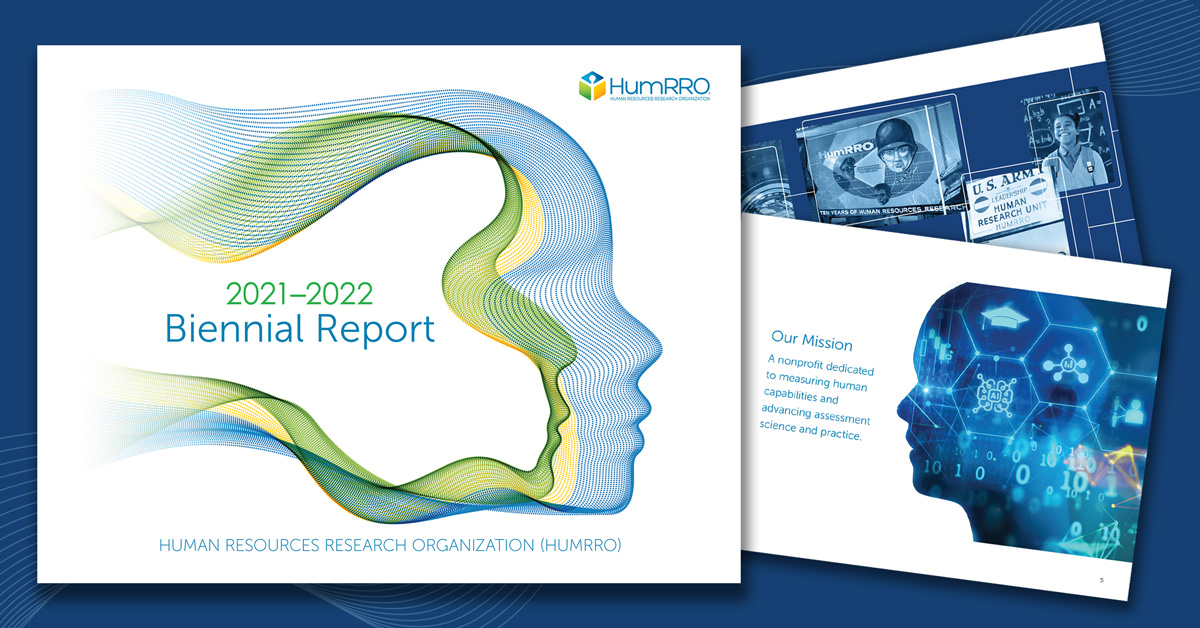Organizations are missing out on opportunities to hire, develop, and retain top talent due to the pervasive and often unconscious application of gender stereotypes. Decision makers often favor men over equally qualified women when it comes to hiring, promotion, and compensation decisions, according to a recent meta-analytic review of over 100 studies. For example, in a controlled experiment, science faculty members at several universities rated male job applicants as more competent, hirable, and deserving of a higher salary, even though the applications were identical except for the applicant’s gender. Even among graduates of the Harvard Business School, women are less likely than men to obtain the jobs they desire and to be satisfied with their careers. Furthermore, while women are 23% more likely than men to earn a Bachelor’s degree and 50% more likely to earn a Master’s degree, men earn higher salaries than women with the same degree.
Why is it so difficult to identify and address biased decision making? Research has a great deal to say on this issue.
- Biased decisions can result from applying stereotypes, beliefs about a group, to individuals.
Although stereotypes can be accurate in the aggregate, they can result in inaccurate evaluations about individuals. For example, even though it is descriptively true that as a group, men tend to be more assertive than women, it is not safe to conclude that a male candidate will more assertive than a female candidate. - Decision makers may not realize their decisions are influenced by stereotypes.
Gender is a social category that is easily observed, and gender stereotypes can be automatically and unintentionally activated, leaving people unaware that stereotypes are influencing their actions. - We have stereotypes about people and about jobs.
For example, it is commonly believed that managers must be ambitious, self-confident, and competitive to be successful, and these traits tend to be more strongly associated with males than with females. Therefore, when hiring for a managerial position, a decision maker may unintentionally view a male candidate as a better fit than a female candidate due to the congruence between gender stereotypes and job stereotypes.
Although gender bias in decision making is difficult to address, research has also shown that there are steps an organization can take to minimize biased decision making. Here are three ways organizations can prevent (or at least minimize) gender-biased decision making.
- Increase accountability.
When people expect they will be required to justify their decisions to others or when they believe their decisions will be made public, they are more motivated to make accurate decisions. They pay more attention to subtle cues, engage in deeper processing of information, and rely less on stereotypes, leading to better decisions. - Promote organizational values.
When decision makers are reminded of organizational values such as fairness or equity norms, they are motivated to spend more time on decision making, to carefully process the information available, and to avoid stereotyping, leading to less biased decisions. - Use standardized measures that allow candidates to clearly demonstrate their qualifications.
Using standardized tools and procedures such as structured interviews or job knowledge tests can help organizations to gather clear evidence about candidates’ qualifications and improve decision making accuracy. It is important that the evidence be clear because even when decision makers have a lot of information about job candidates, if that information is ambiguous, stereotypical thinking still occurs. To counteract stereotypes, information about candidates should be diagnostic of how the individual will perform on the job.
Though difficult, it is very possible to reduce the influence of stereotypes on organizational decisions using these methods. Striving to reduce the impact of non-job-related factors such as gender stereotypes will help organizations hire, promote, and retain the best employees.
About the Author:






